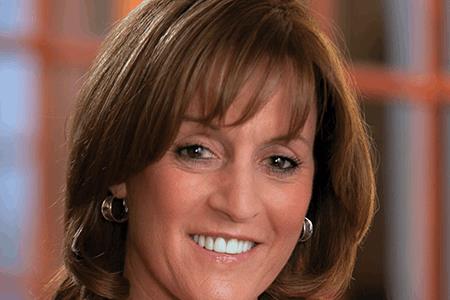Value-Based Healthcare: Pharma's Role In The Transition
By Camille Mojica Rey, Contributing Writer
Follow Me On Twitter
This is the first in a two-part series on value-based healthcare. In Part II, Life Science Leader will look at value-based models used to determine the price of drugs.
The U.S. spends more than any other developed country on healthcare, yet ranked 34th out of 163 countries surveyed as part of Bloomberg’s 2017 Global Health Index. Despite the fact that we are obviously not getting what we pay for when it comes to healthcare, what we pay is expected to keep rising. The U.S. CMS reports that healthcare expenditures in 2015 were 17.8 percent of GDP, estimating a rise to 20 percent of GDP by 2025. Enter value-based healthcare, a concept introduced 11 years ago as a way of improving the health outcomes achieved from that spending. Today, a host of factors — including regulatory reform, rising costs, increasingly personalized medicine, and public demand for higher quality — have combined to move value-based healthcare from theory to inevitability. And, with the CMS reporting that prescription drugs account for 10 percent of our nation’s healthcare spending, leaders in the pharmaceutical industry are among the stakeholders being called upon to participate in the transition from volume-based to value-based healthcare.


The pharmaceutical industry has more expertise in addressing questions of value than most in the healthcare industry because it is an industry focused on the collection of large sets of complex data, implementing protocols that improve outcomes, and measuring those outcomes. “Value in healthcare is created when someone’s health improves. It is defined as the outcomes achieved for the money spent. You tend to get improvement in what you measure. So, if we are measuring the outcomes that patients achieve, we are more likely to improve that.”
CONTRIBUTE & COLLABORATE

Collaboration between pharma and other sectors of the healthcare industry is also necessary. BIO’s New Jersey affiliate is hosting its second annual Beyond Value Frameworks Workshop in December 2017. Members will hear from patients, regulators, payers, providers, and lawmakers. The idea is to facilitate cooperation among all stakeholders in the healthcare system. “The pendulum is swinging in the direction of collaboration,” says Debbie Hart, BioNJ’s founding president and CEO. Last year’s inaugural workshop was intended to provide information, tools, and strategies for understanding and helping to shape value frameworks. The topics discussed included the importance and impact of engaging patients early on in the drug development process and incorporating patient preference, RWD, and long-term health improvements into pricing models. “Although the transition is happening slowly, payers are increasingly basing reimbursements on the quality of care provided, not just the number and type of procedures or medicines prescribed.”
![]() "Most of this interest has been too focused on only one aspect of healthcare costs – the cost of biopharmaceuticals – causing us to lose sight of how all aspects of the system work together."
"Most of this interest has been too focused on only one aspect of healthcare costs – the cost of biopharmaceuticals – causing us to lose sight of how all aspects of the system work together."
Debbie Hart
Founding President & CEO, BioNJ
According to Hart, the focus on drug pricing has been disproportionate to the contribution of prescription drug costs to the overall cost of healthcare. “As part of this transition, there is an increased interest in understanding how to measure value. Yet, most of this interest has been too focused on only one aspect of healthcare costs — the cost of biopharmaceuticals — causing us to lose sight of how all aspects of the system work together.” Teisberg agrees that value is created holistically by the combination of efforts, pharmaceuticals, and other treatments. In value-based care, a person with diabetes will no longer receive disjointed care from a list of providers, including a primary care physician, endocrinologist, cardiologist, and dietician. Instead, the individual will receive care from an interdisciplinary diabetes team that might also include a pharmacist, diagnostics technician, physical therapist, and mental health professional. Care will be bundled in this way for a whole host of conditions, Teisberg says. The price of the pharmaceutical, then, will be paid within the bundle by the medical team. And decisions about which therapies, drugs, and techniques to use will be made by the team — by the experts working with the patient. This model isn’t new. For example, bundled care and bundled prices have been used for years for patients who need organ transplants, Teisberg says. “Offering integrated care solutions — or care bundles — eases the transition to team-based payment. Paying for solutions aligns healthcare with its purpose of helping people.”

 "Most of this interest has been too focused on only one aspect of healthcare costs – the cost of biopharmaceuticals – causing us to lose sight of how all aspects of the system work together."
"Most of this interest has been too focused on only one aspect of healthcare costs – the cost of biopharmaceuticals – causing us to lose sight of how all aspects of the system work together."